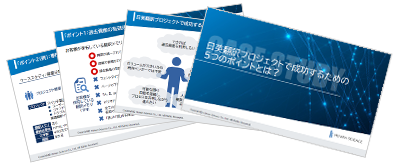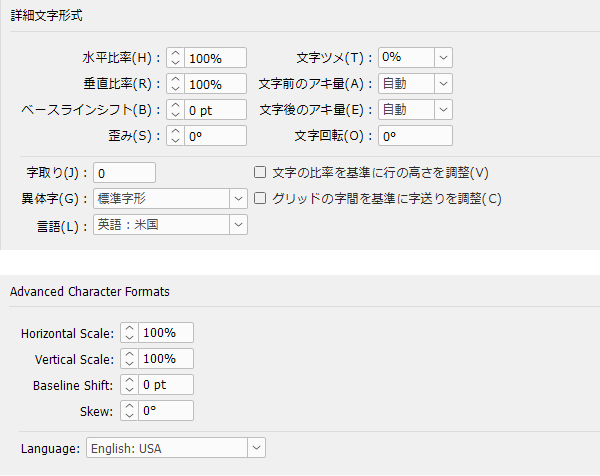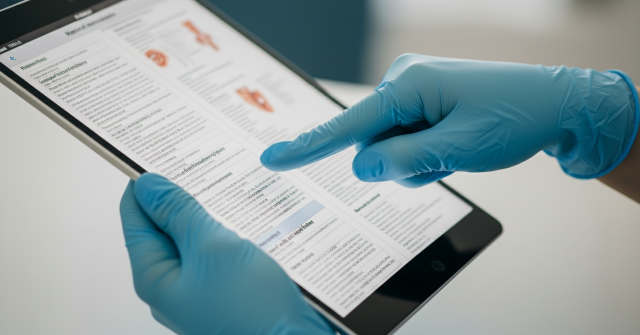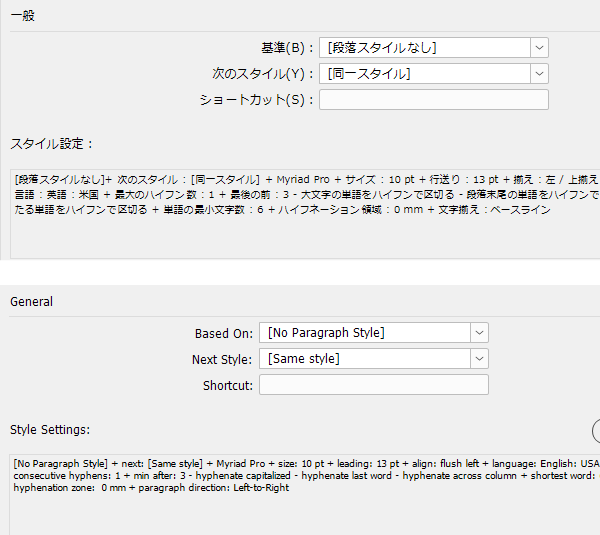
The word "whose" can be used as a relative pronoun that modifies nouns and as an interrogative pronoun. First, its use as an interrogative pronoun is relatively straightforward, as seen in the simple example, "Whose bag is this?"
On the other hand, using "whose" correctly as a relative pronoun that modifies nouns can be surprisingly difficult, and many people may not know how to use it. In particular, since the use of "whose" is relatively common in Japanese-English translation in the IT and FA fields, becoming familiar with its usage can be very helpful.
This time, I will explain the correct usage of the relative pronoun "whose" and the points that are easy to confuse, while introducing some specific examples.
>>Common Mistake ① in IT and FA Field Translation: How to Use "which" and "whose"
- Table of Contents
-
- 1. Common mistake with 'whose' ①: Using a prepositional phrase instead of 'whose'
- 2. Common Mistake ② in 'whose': Using 'preposition + which' instead of 'whose'
- 3. Common Mistake 3 in 'whose': Using a relative adverb instead of 'whose'
- 4. Common Mistake ④ in 'whose': Using an infinitive where 'whose' should be used
- 5. Common Mistake in 'whose' ➄: Using 'whose' where a prepositional phrase should be used
- 6. Grammar that most people don't know, but is very useful to know
- 7. Summary
1. Common mistake with 'whose' ①: Using a prepositional phrase instead of 'whose'
| Source | We offer paid maintenance inspections for products whose warranty period has expired. |
|---|---|
| Translation (Before Revision) | For a fee, we provide maintenance and inspection services for delivered products with its warranty period expired. |
The expression "with its warranty period expired" becomes unclear as to which product "its" refers to, making the sentence redundant and unnatural. Additionally, this structure becomes difficult to understand in English. When corrected properly, it would look like this.
| Translated Text (After Revision) | For a fee, we provide maintenance and inspection services for delivered products whose warranty period has expired. |
|---|
By using "whose", the relationship between the delivered product and its warranty period becomes clear, making the text simpler and flow better. The relative pronoun "whose" is appropriately used to express ownership and relationships, eliminating unnecessary elements in this expression, resulting in concise and easy-to-read text.
2. Common Mistake ② in 'whose': Using 'preposition + which' instead of 'whose'
| Source | In the Route History screen, tap on the Record you want to check the details of. |
|---|---|
| Translation (Before Revision) | On the Route History screen, tap the Record for which you want to check the details. |
In this expression, "for which" indicates the relationship between "Record" and "details," but it results in a redundant and unclear structure. The combination of the preposition "for" and the relative pronoun "which" makes the sentence feel stiff and unnatural. When corrected properly, it would look like this.
| Translated Text (After Revision) | On the Route History screen, tap the Record whose details you want to check. |
|---|
By using "whose", the relationship between "Record" and "details" is directly indicated, making the sentence more concise and natural.
3. Common Mistake 3 in 'whose': Using a relative adverb instead of 'whose'
| Source | This is the power switch for the X-ray high voltage generator and the components powered by the X-ray high voltage generator. |
|---|---|
| Translation (Before Revision) | This switch turns on the power of the X-ray high voltage generator and the components where power is supplied from the X-ray high voltage generator. |
"Where" is a relative adverb that indicates a place, typically used for physical locations or positions. In this case, since we want to express the relationship of "where power is supplied" rather than a location, using "where" is inappropriate.
| Translated Text (After Revision) | This switch turns on the power of the X-ray high voltage generator and the components whose power is supplied from the X-ray high voltage generator. |
|---|
"By using 'whose', it is clearly indicated that the 'power supply of the component' is supplied from the 'X-ray high voltage generator'. This makes the sentence natural and clear.
4. Common Mistake ④ in 'whose': Using an infinitive where 'whose' should be used
| Source | Check the device to change the standby image. |
|---|---|
| Translation (Before Revision) | Select the devices to change the stand-by image. |
The "to change" construction is unclear about how the "device" is involved. This expression has an ambiguous relationship with the object and seems to refer to a "device for changing," but it does not appropriately convey the meaning of "the device being changed." The structure of the sentence is incomplete, making the meaning prone to confusion.
| Translated Text (After Revision) | Select the devices whose stand-by image will be changed. |
|---|
By using "whose", it becomes clear that the "standby image" of the "device" is changed, making the meaning of the sentence clearer and more natural.
5. Common Mistake in 'whose' ➄: Using 'whose' where a prepositional phrase should be used
| Source | Locations where the ambient temperature is below -15 ℃ or above +30 ℃ Locations where the atmospheric pressure is below 750 hPa or above 970 hPa |
|---|---|
| Translation (Before Revision) | Locations whose ambient temperature is below -15°C or above +30°C Locations whose atmospheric pressure is below 750 hPa or above 970 hPa |
In these expressions, it seems that "whose" indicates that the "place" possesses "temperature" or "pressure." However, temperature and pressure are the "conditions" of a place, not something that can be "owned." Therefore, this usage is not appropriate.
| Translated Text (After Revision) | Locations with an ambient temperature below -15°C or above +30°C Locations with an atmospheric pressure below 750 hPa or above 970 hPa |
|---|
By using "with", temperature and pressure are indicated as characteristics of that place, resulting in a more natural expression. By using the structure "with + noun + additional explanation (such as prepositional phrases or relative clauses)", it is possible to appropriately express a "state" rather than possession, leading to clear and understandable English.
Let's take a look at another example.
| Source | Select the importance level of the registered collaboration information from the dropdown. |
|---|---|
| Translation (Before Revision) | Select the priority whose linkage information has already been registered from the pull-down menu. |
In this example, 'whose' is unnatural. While it seems that 'priority' owns 'linkage information', it actually represents a state.
| Translated Text (After Revision) | Select the priority with registered linkage information from the pull-down menu. |
|---|
By using "with", you can express the state naturally. In this way, using "with" instead of "whose" clarifies the meaning and makes it easier to understand.
6. Grammar that most people don't know, but is very useful to know
2. Common Mistake with 'whose'② It mentions poor examples such as 'for which' and 'from which', but in fact, there is very useful grammar regarding the use of 'preposition + which' that most people are unaware of (probably not taught in Japanese middle, high school, or university education). I would like to introduce that at the end.
For example, let's say there is an original text like the one below.
| Source 1 | This system provides a secure environment for storing confidential data. |
|---|---|
| Source ② | This algorithm defines the process by which search results are optimized. |
Typically, when translating sentences like this using "preposition + which", most people would translate it as follows.
| Source 1 | This system provides a secure environment in which sensitive data is to be stored. |
|---|---|
| Source ② | This algorithm defines a process by which search results are optimized. |
Certainly, the meaning matches the original text and there are no grammatical issues, so it is fine as it is. Additionally, I believe this typically applies to the use of relative pronouns and relative adverbs learned in Japanese schools. However, a downside is that it is somewhat redundant. Furthermore, from a technical writing perspective, unnecessary passive constructions like 'is to be stored' or 'are optimized' should be avoided as they make the text harder to read. By making a slight adjustment, we can create a concise and readable sentence. Here it is:
| Source 1 | This system provides a secure environment in which to store sensitive data. |
|---|---|
| Source ② | This algorithm defines a process by which to optimize search results. |
To explain the grammar, "in which to" and "by which to" are infinitives used as the objects of relative adverbial phrases. This structure combines the location-indicating "in which" and the means-indicating "by which" with the infinitive "to + base form of the verb."
This is a grammar that is not often seen in English reference books in Japan, so it may feel strange at first, but once you learn how to use it and get used to it, it will be very helpful.
7. Summary
In this blog, we focused on the correct usage of the relative pronoun 'whose' and common misuses. However, it is not limited to 'whose'; becoming familiar with the use of relative pronouns and relative adverbs is greatly beneficial in Japanese-English translation. By mastering these grammatical elements, your writing will become more natural and smooth, and the quality of your translations will improve.
In particular, in the fields of IT and FA, relative pronouns and relative adverbs are frequently used to convey specialized content accurately. By becoming familiar with these, translation efficiency can be improved and misunderstandings can be reduced.
Human Science offers human translation services and post-editing services. We are a translation company that handles translations in a wide range of fields including software, manufacturing, IT, automotive, and distribution. Since 1994, we have been assisting many companies with their translation needs. If you have any concerns like the ones below, please feel free to consult us.
・Translation takes too long!
・Quality is poor and there are many complaints!
・Translation costs are too high!
・Many issues are caused by the Japanese manual!
・Unfamiliar with overseas laws and standards!
Related Services
>Translation Services
>Post-Editing Agency & Operation Support Services
>Machine Translation & Automatic Translation


























